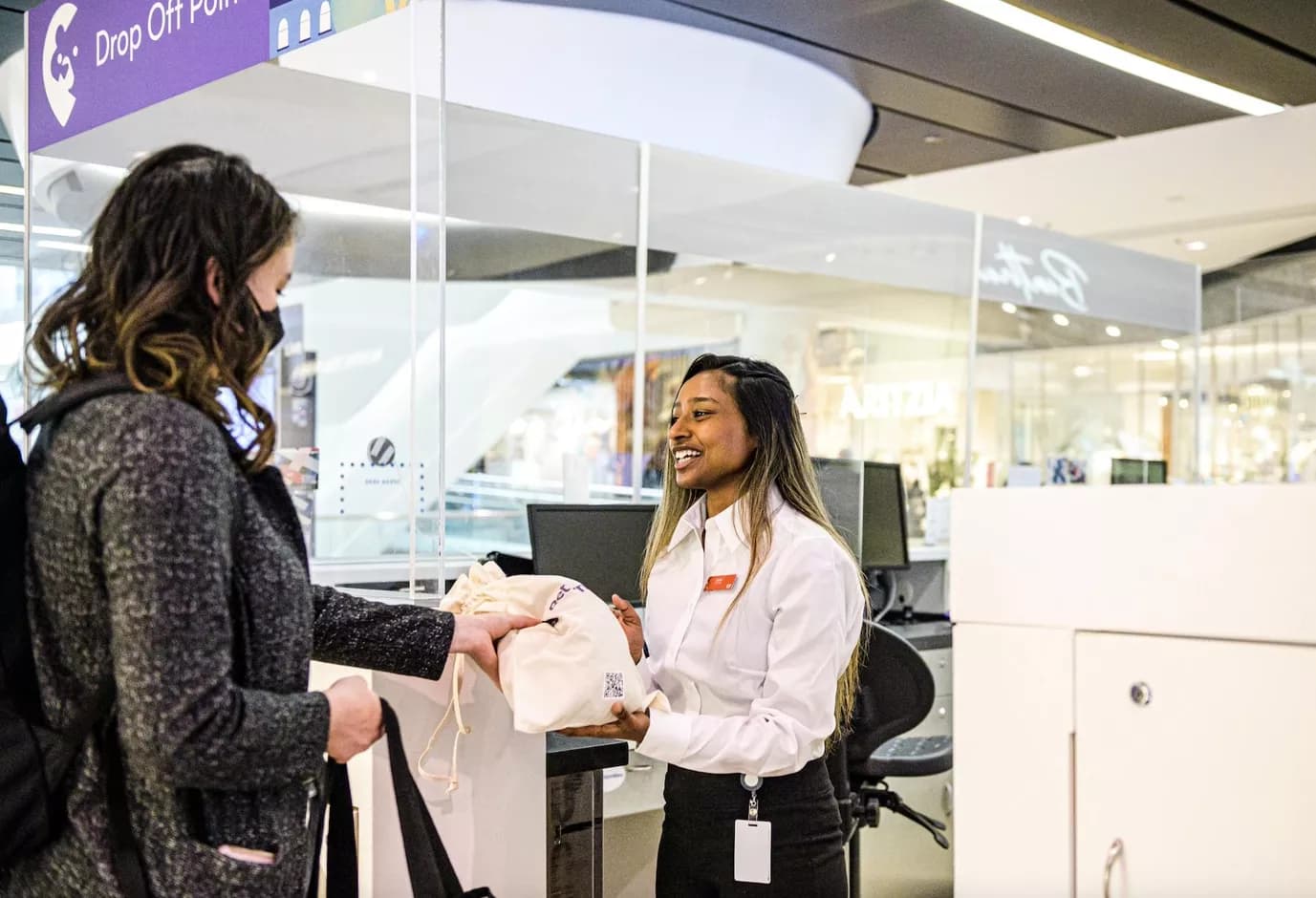
Returns Goldmine: How E-Commerce Returns Are Revitalizing Old Warehouses
The booming reverse logistics industry could be the unexpected savior of industrial real estate.
E-commerce has made shopping easier than ever, but it's also unleashed a tidal wave of returns that retailers are struggling to manage. About one in five items bought online are sent back—three times the rate of in-store purchases—creating a complex challenge known as reverse logistics.
This growing industry isn't just about handling unwanted items; it's reshaping the industrial real estate landscape. As reverse logistics expands, it's breathing new life into older industrial properties that were once considered obsolete.
"The pandemic put under a magnifying glass all the things people assumed were just kind of magic," said Chad Autry, author of a NAIOP Research Foundation report on reverse logistics and a professor at the University of Tennessee, Knoxville. "Reverse logistics has probably been going on at some really good companies for two or three decades, but it really only has captured the mind and attention of executives in the last five to seven years."
Traditional shipping networks have been fine-tuned over decades to move products efficiently from manufacturers to consumers. But when the flow reverses, those systems don't work as smoothly. Since 2021, the number of returns nationwide has increased by 5% annually, according to NAIOP's report.
Third-party logistics providers, many specializing in reverse logistics, leased over 100 million square feet of U.S. industrial space from 2019 to 2023, according to CBRE. The global reverse logistics market was valued at $768 billion in 2023 and is expected to grow 4.8% annually through 2032, surpassing $1 trillion, according to Fortune Business Insights.
Unlike traditional logistics that deal with pallets of goods, reverse logistics handles individual parcels. Each returned item embarks on a journey filled with specialized decisions—does it go back on the shelf, get repaired, or end up recycled? This intricate process requires facilities that are part warehouse, part manufacturing center.
"If the process is working, retailers are able to leverage specialized industrial space to help control costs, keep customers happy, and have an eco-friendly story to tell consumers," Autry said.
Location is critical in reverse logistics, but the priorities are different. Proximity to customers takes precedence over access to ports or railways. Flexibility inside the warehouse is also key, necessitating modular designs to handle fluctuating return volumes. Buildings with a 30-foot clear height are typically sufficient, making older, second- or third-generation spaces ideal.
"An older build is probably a really good candidate for this kind of activity if it has infrastructure access and access to the consumer return point," Autry noted.
The rise of reverse logistics can be traced back to decisions by e-commerce giants like Amazon to offer free and easy returns. This has set consumer expectations high, forcing retailers to adapt or risk losing business.
"It's a nightmare for businesses that a couple of really big retailers have foisted on everyone else as a competitive lever," Autry said.
While major companies often handle returns internally, a new wave of third-party firms is stepping in to provide solutions. Sylvia Ng founded ReturnBear in 2021 to offer return services for apparel retailers. Based in Toronto and now expanding into the U.S. and U.K., ReturnBear uses customer-facing drop-off locations that double as processing facilities.
By allowing customers to return items in person, companies like ReturnBear effectively replace the last-mile delivery driver in the returns process. The returned items are inspected and routed accordingly—some are cleaned and resold, others are repaired or recycled.
"The magic comes into play when we're actually able to forward to the next consumer without having to batch ship that whole shipment back to a centralized warehouse for that brand," Ng said. "That way, we're almost eliminating emissions by 40%."
This approach not only reduces environmental impact but also cuts down on shipping costs, a significant factor for international retailers with warehouses overseas.
Addressing sustainability and cost is crucial for the growth of reverse logistics. "Until businesses begin to see this as a way of being more competitive versus just a cost producer—which I think we're still a generation of executives away from—it's never going to be treated with the respect it probably deserves," Autry said.
As reverse logistics continues to expand, it could provide a much-needed boost to the industrial real estate sector, especially for older properties that fit the bill. The secret life of product returns might just be the key to unlocking new opportunities in industrial leasing.